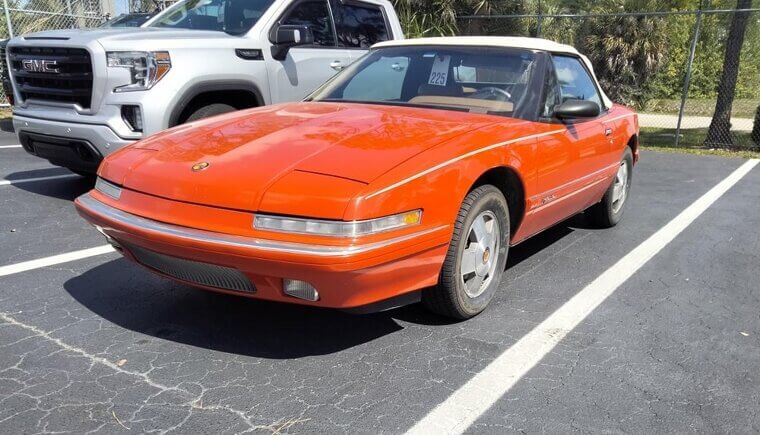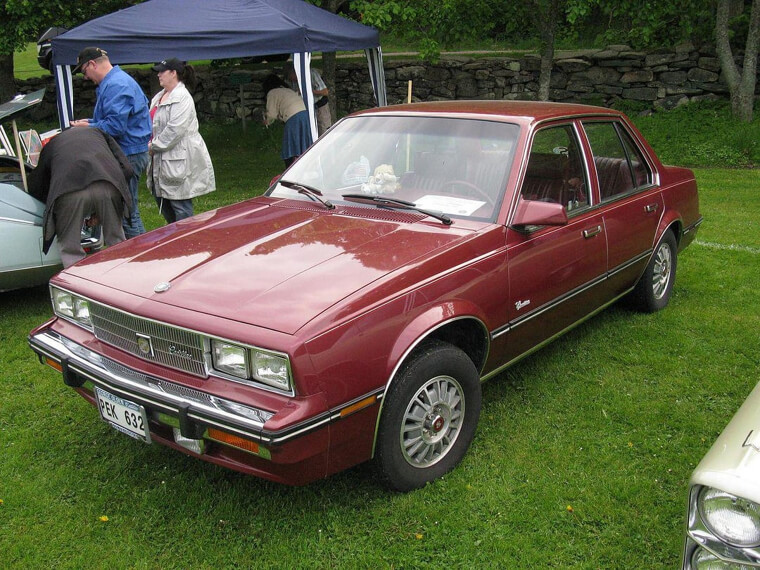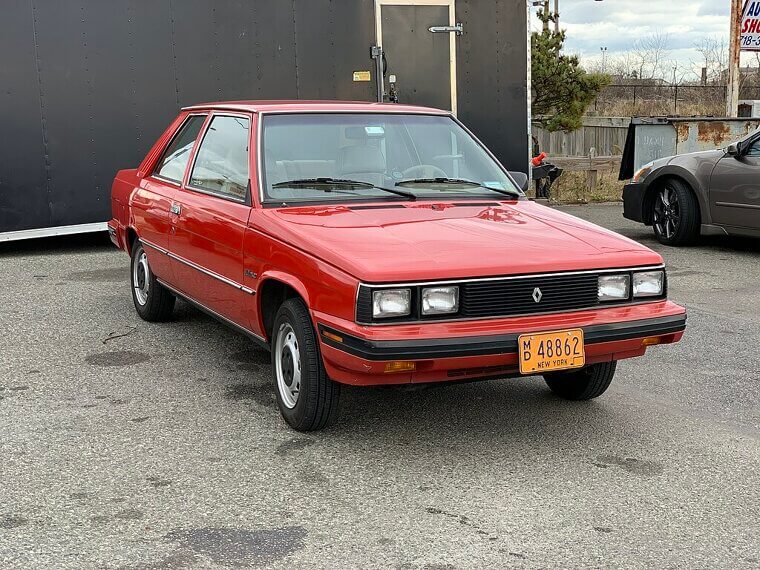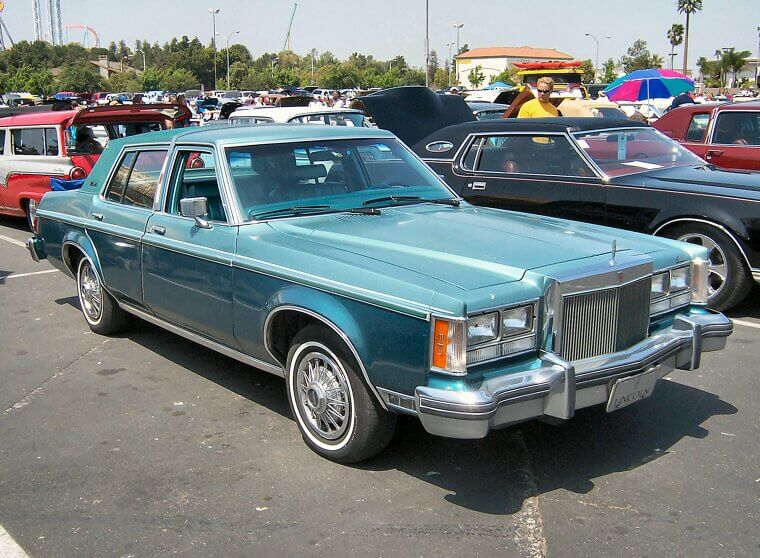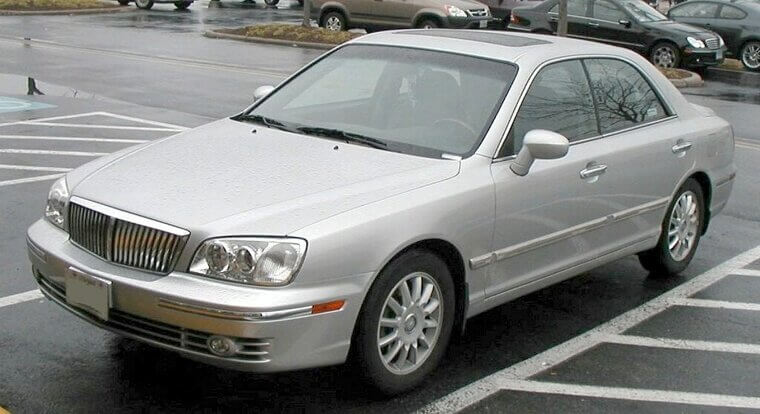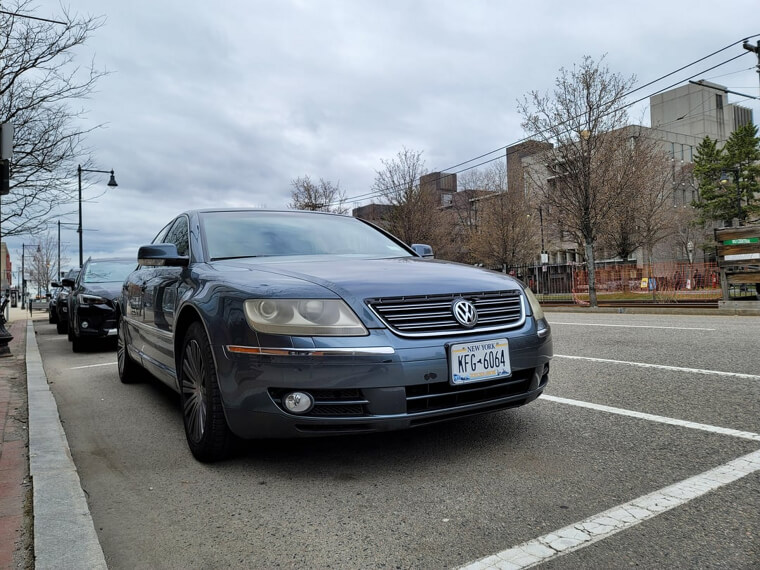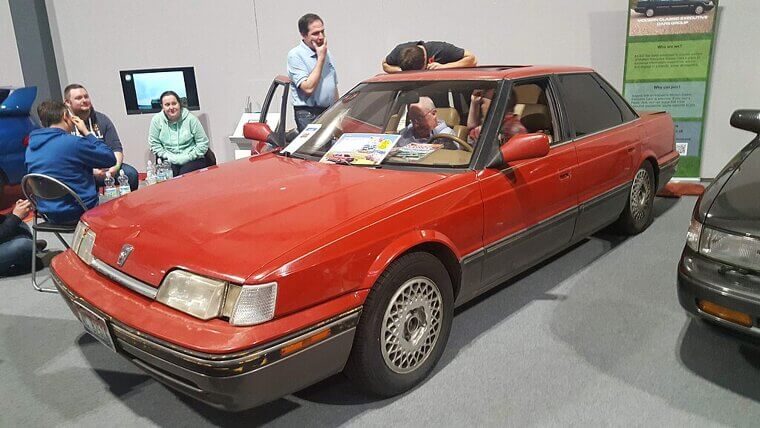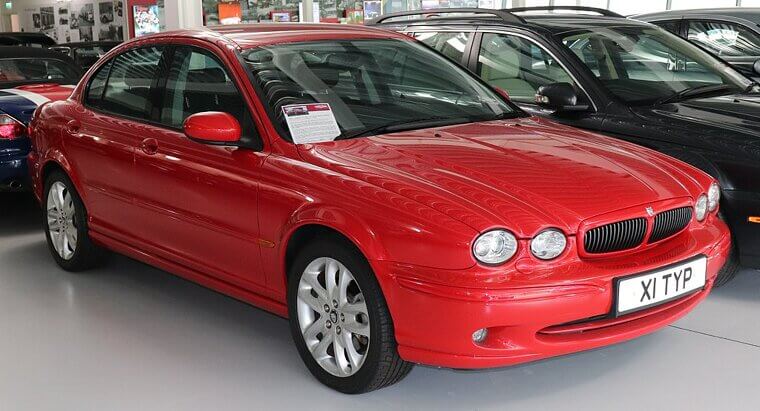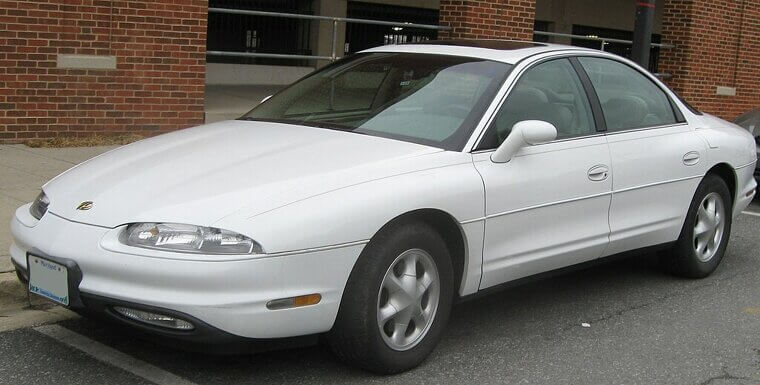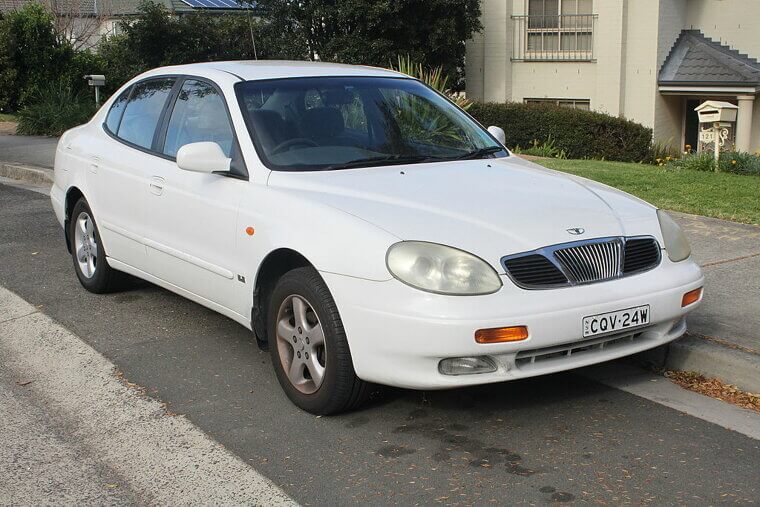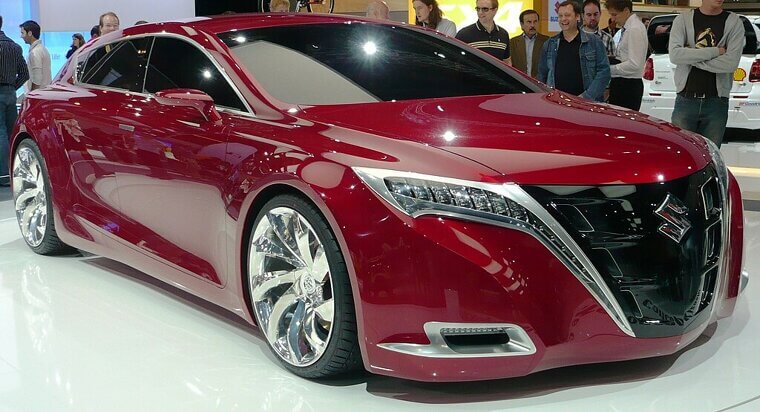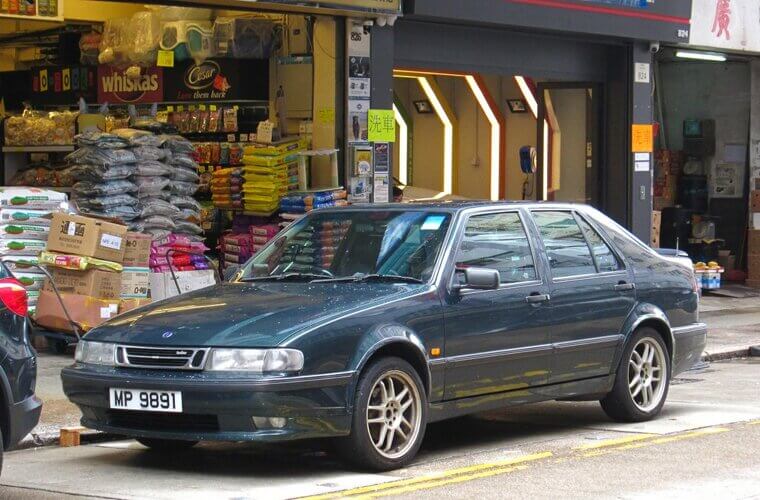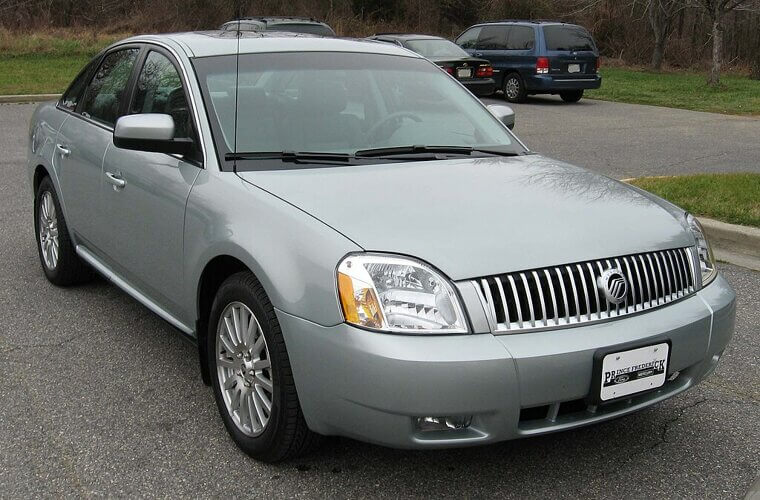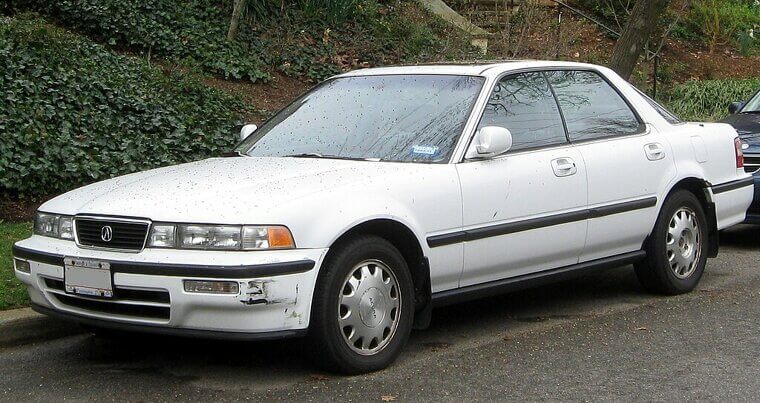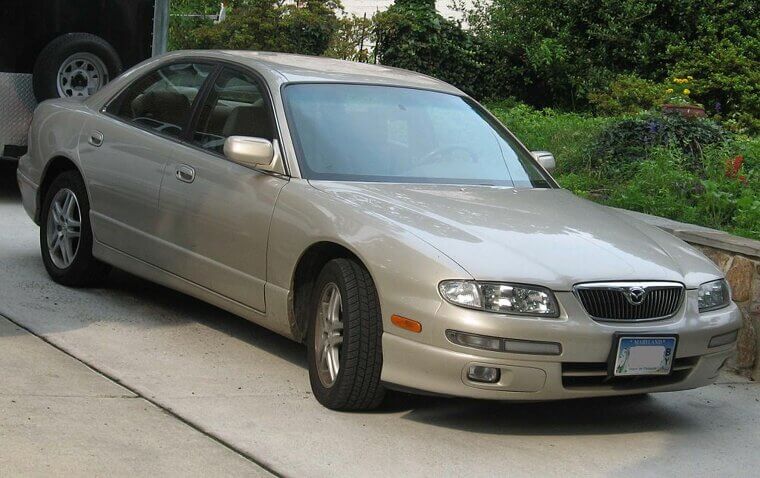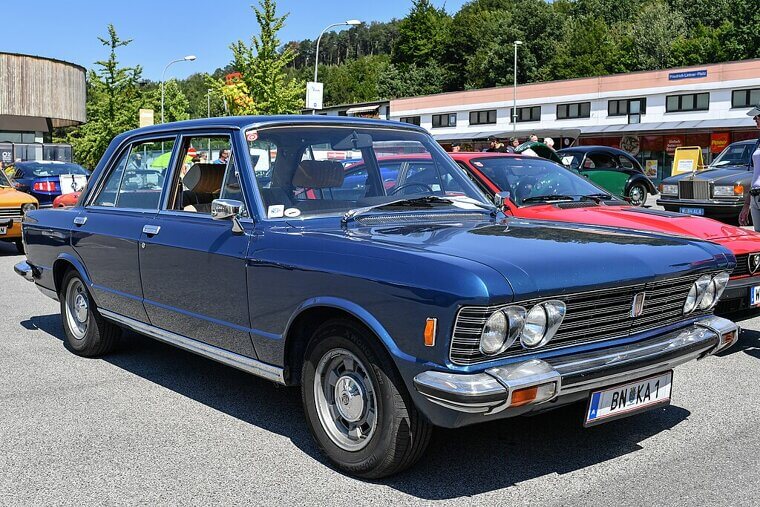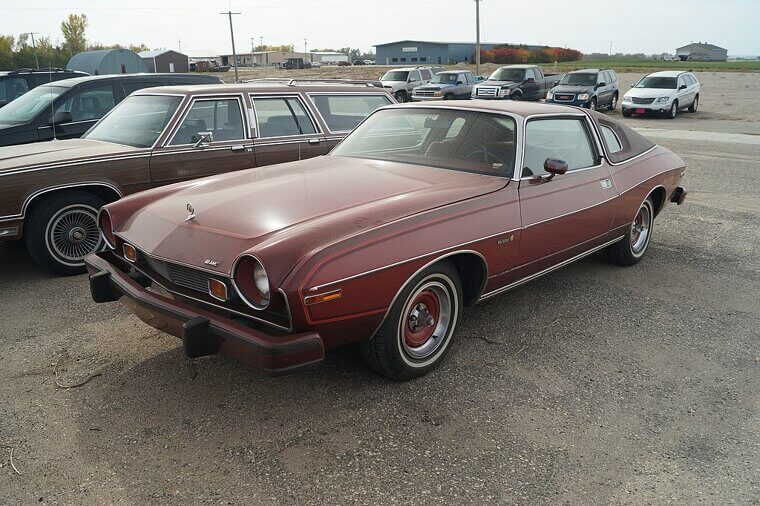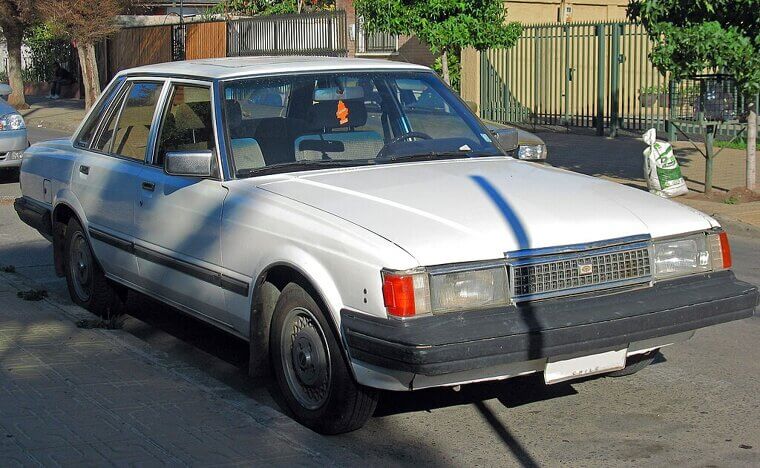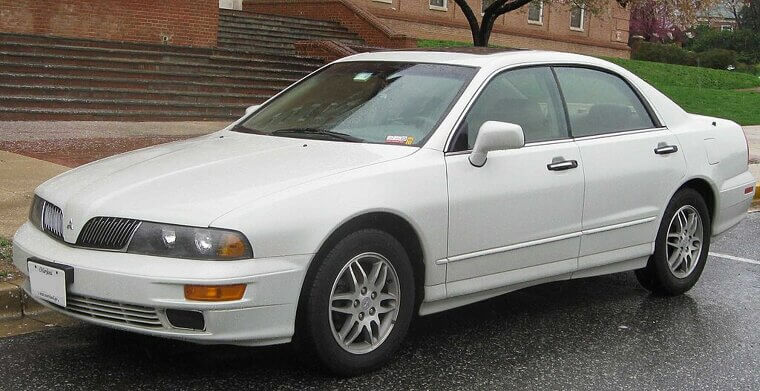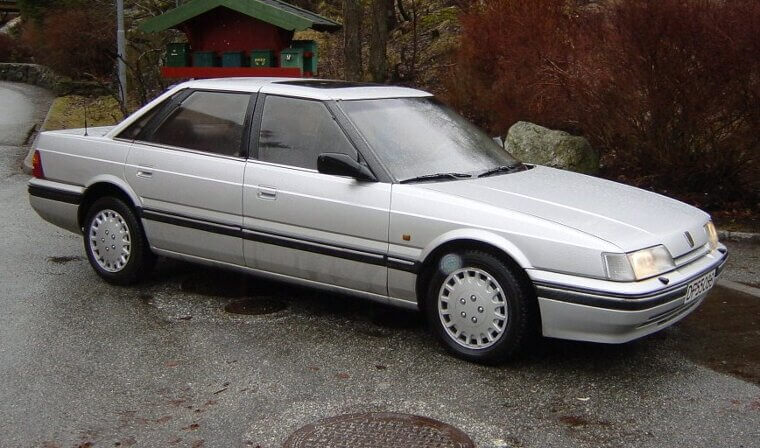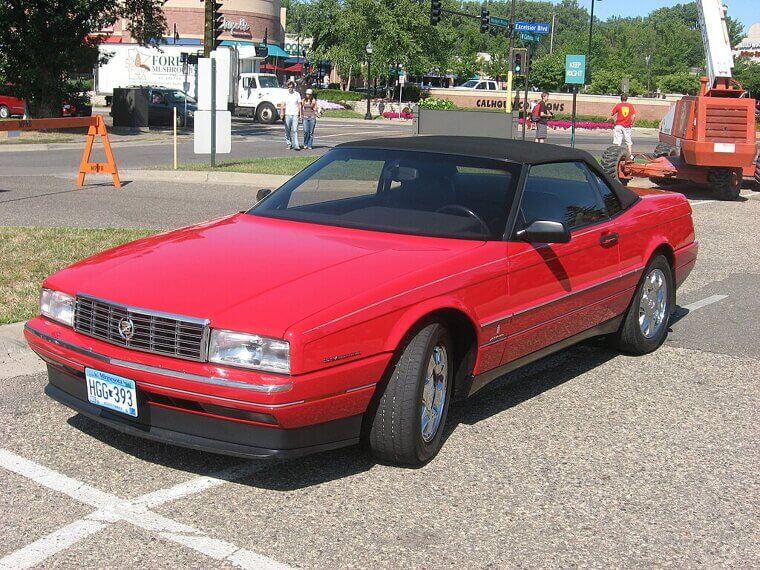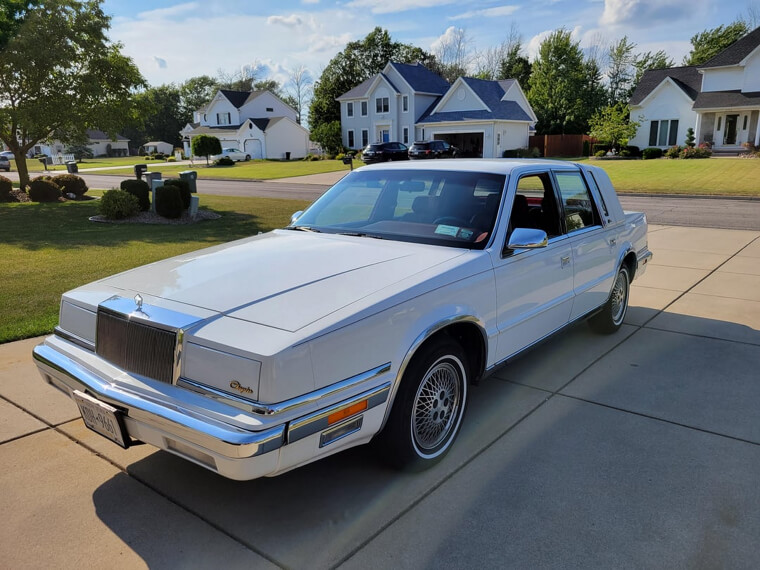Buick Reatta (1988–1991)
GM attempted to draw in younger drivers with the Reatta, a wedge-shaped “luxury” coupe with a digital dash. It had advanced tech, but alongside its high price tag and overcomplicated systems, it suffered from an identity crisis - no one knew what it was supposed to be!
Cadillac Cimarron (1982–1988)
The Cimarron had leather seats and a Cadillac badge, but everyone saw through the disguise - it was actually a rebadged Chevy Cavalier with nothing else new on it except an inflated price tag. It was underpowered, unloved and became the epitome of how not to do badge swaps.
Yugo GV (1985–1992)
The Yugo GV dreamed of being America’s cheapest new car; it was built in Yugoslavia then shipped to the U.S. where it claimed to be “European style for less.” Quality control skipped out on the trip though, leaving the Yugo GV literally falling apart in dealerships.
Renault Alliance (1983–1987)
AMC wanted to bring Euro elegance and budget refinement to the U.S., so it introduced an American-built Renault: the Alliance. It somehow won 1983’s Car of the Year award before its reliability ghosted everyone and left drivers haunted by their purchase.
Lincoln Versailles (1977–1980)
Why create a new car when you can rebadge an old one, throw some fake woodgrain and a gold-plated grille on it, then call it a day? That’s what happened with the Versailles, which was a Ford Granada in a vinyl trimmed Lincoln suit. Unsurprisingly, no one was interested.
Chrysler TC by Maserati (1989–1991)
You’d think that the lovechild between Chrysler and Maserati would be a good-looking baby, but this one was the worst of both worlds. Sure, it had Italian leather, but the turbo engines were underwhelming, the Maserati prestige overpriced and it couldn’t top the much cheaper Chrysler LeBaron.
Hyundai XG350 (2002–2005)
When the XG350 rolled onto the market Hyundai was a brand with an average reputation, and it tried to run before it could walk. It continued the “just ok” theme with an attempt at luxury that fell short of the mark and a price tag that asked way too much.
Volkswagen Phaeton (2002–2016)
The Phaeton was Dr. Ferdinand Piëch’s attempt to prove that VW could rival the Mercedes S-Class, and he got it half right. It had top-tier climate control, air suspension and a W12 engine, so it was a technical success! However, branding-wise it sank like a stone in the ocean.
Sterling 825/827 (1987–1991)
British brand Rover tried to lure in U.S. drivers with the 825/827 by adding a walnut dash trim and power features to a rebadged Honda Legend and giving it a new name. Unfortunately, it was cursed with early ’90s reliability too, and Sterling closed up shop in 1991.
Jaguar X-Type (2001–2009)
When Ford took over Jaguar it attempted to beat the BMW 3-Series at its own game using what was essentially a Mondeo with some leather and wood trim for added luxury. Instead of the leaping cat badge reputation carrying the vehicle, its reputation was dragged through the mud instead.
Oldsmobile Aurora (1995–1999; 2001–2003)
The Aurora was sleek, stylish and looked like a Northstar V8-powered spaceship, with decent tech and a comfy interior. It was a critical success, but Oldsmobile had a reputation for making “grandad cars” so it was also a commercial failure. Now, it’s considered Oldsmobile’s swansong.
Daewoo Leganza (1997–2002)
There’s no doubt that thanks to Korean automaker Daewoo’s designer (it hired ItalDesign’s Giugiaro) the Leganza looked every bit the luxury car it was intended to be! Unfortunately it fell flat in every other respect, with a sleepy ride, poor quality control and an almost non-existent dealer network.
Suzuki Kizashi (2009–2014)
The Kizashi released with all the right ingredients: it had available AWD, a quality interior, refined suspension and great handling. It reviewed super well too, but Suzuki was known for budget compacts and dirtbikes, so drivers ignored it at the time. These days, it’s a cult classic.
Saab 9000 (1984–1998)
In the modern era, the Swedish minimalist Saab 9000 is considered a quirky little turbocharged gem, but back when it was released, buyers took one look and backed away slowly. It shared a platform with the unreliable Fiat, Alfa Romeo, and Lancia, but with a higher price tag.
Eagle Premier (1988–1992)
AMC (later Chrysler) and Renault got together to create a U.S.-made vehicle out of French tech under the brand name Eagle. Yes, it’s confusing, and despite being a competently smooth ride with a plush interior, the Premier was doomed to obscurity, because who the heck was Eagle?
Mercury Montego (2005–2007)
Ford attempted to revive an old name plate with the Montego, a bigger, roomier version of the Ford Five Hundred. It was technically competent with AWD, decent tech and leather seats, but it wasn’t very memorable and Mercury was circling the drain; the brand was discontinued a few years later.
Infiniti Q45 (1990–2006)
The Q45 was Nissan Infiniti’s flagship vehicle, and it was good enough to carry the brand to success - it had daring grille-less styling, a roaring V8 and active suspension. The confusing brand and marketing (such as ads with no cars featured!) drove it into obscurity, but now it’s a cult classic.
Acura Vigor (1992–1994)
Despite its sporty style, comfy interior and Longitudinal inline-5 engine, the Acura Vigor was sandwiched between the Integra and Legend; it was too expensive for fans of the former and not luxury enough for fans of the latter. Its identity crisis doomed it, and it died from middle child syndrome.
Peugeot 405 (1987–1997 Globally, U. S. 1989–1991)
Like a French heartbreaker, the 405 was smooth, attractive and totally unreliable, so it didn’t sell to the American market as well as Peugeot hoped. Peugeot’s dealer network in the U.S. was as weak as wet tissue paper, and it pulled out of the U.S. market in 1991.
Nissan Maxima (Early Luxury Trims) (especially 1980s-1990s)
A 4-door sports car boasting a talking voice assistant and premium vibes, the Maxima sold reasonably well but lacked the prestige of its luxury competitors… and the Kitt-like assistant got annoying once the novelty wore off! It was better than a standard Nissan, but not fancy enough to stand out.
Chevrolet Celebrity Eurosport VR (1986–1987)
Chevy added a “VR Kit” onto the Celebrity in an attempt to give it Euro charm - stripes, fog lights, sporty decals and body cladding. It looked the part, but that’s where its success ended; its interior was basic and its performance underwhelming at best.
Pontiac Bonneville SSEi (1992–1999)
A car with a supercharged 3.8L V6 engine, fancy tech digital dash with HUD and a curvy shape sounds like it should have been a success. And it almost was, were it not for the lackluster ’90s finish and Pontiac’s reputation as more of a “rental car” brand.
Isuzu Impulse (1983–1992)
With Lotus-tuned suspension and a Giugiaro-designed body, the turbocharged Impulse has a dedicated following now, but when it was released people considered its cramped interior and Jetsons-style dashboard too impractical for luxury. Isuzu also struggled with brand recognition in the U.S., further complicating matters.
Mazda Millenia (1995–2002)
The quirky and complex Millenia had a Miller-cycle V6 engine under its hood and a plush interior, designed as a part of Mazda’s luxury sub-brand, Amati. Unfortunately Amati was cancelled before the Millenia launched, so it had no prestige. It was also overpriced and underpowered; no wonder it didn’t resonate with buyers.
Chrysler Cordoba (1975–1983)
With opera windows, a vinyl roof and, more famously, its misleading “rich, Corinthian leather,” the Cordoba’s timing was terrible. Not only were boxy cars stealing popularity, but the gas crisis was choking big coupes like the Cordoba. Alongside its questionable quality control, that was enough to spell its end.
Fiat 130 (1969–1977)
On the surface, the 130 had beautiful aesthetics and a V6 engine designed by Ferrari’s Aurelio Lampredi, but its build quality and reliability was very 1970s European. And then there was branding; Fiat wasn’t known for its executive cars, and the price tag proved too much for buyers to swallow.
AMC Matador Barcelona (1978)
In an attempt to give the Matador coupe a luxury glow-up, AMC released the Barcelona, a shaggy velour-covered, brocade-upholstered model with more chrome than you could shake a wobbly stick at. There was so much it was tacky even for the ’70s, and AMC’s budget image didn’t help matters, either.
Toyota Cressida (1977–1992)
The Cressida actually did a lot right - it had an inline-six engine, plush interior and rear-wheel drive, but it couldn’t compete against European imports. Toyota played things too subtly; the Cressida was a sensible beige vehicle without luxury marketing so it remained a secret shared by those in the know.
Mitsubishi Diamante (1990–2005, U. S. 1992–2004)
The Diamante was Mitsubishi’s flagship sedan which aimed high - it even had a sensor that read the sun for climate controls! - but it was bland, and with a declining U.S. reputation, the Mitsubishi brand was doomed to stay in the shadows.
Volvo 262C Bertone (1977–1981)
It’s rare and weird enough to be valuable among collectors today, but back in the ’70s the Bertone was seen as overpriced and awkward. That’s because famed Italian coachbuilder Bertone made it, which showed in its proportions… and not in a good way!
Buick Lucerne (2006–2011)
Buick wanted the Lucerne sedan to appeal to younger drivers, so it designed a sleek exterior, soundproof “QuietTuning” tech for the interior and Northstar V8 engine options. It fell in a nowhere space though - it didn’t have the power for younger drivers and it was too big for older ones.
Rover 800 Series (1986–1999)
Co-developed with Honda, the 800 series had fancy-looking interiors that wore out quickly and when those Honda and Rover components mixed, the results were an inconsistent build quality that made the 800 series anything but luxury, despite the price tag claiming otherwise.
Cadillac Allanté (1987–1993)
Cadillac tried to convince everyone that building the parts for the Allanté in Italy, shipping it across to the U.S. in custom-made 747s and selling them in Detroit was a mark of luxury. The result was a Mercedes SL price without the performance.
Chrysler New Yorker (Front-Wheel Drive Era) (1983–1996)
Opera lights, voice alerts and a digital dash were all supposed to be luxury selling points for the New Yorker, but the end result was more cheesy than classy and the plasticky interior was too cheap, especially with the FWD platform muddying drive feel.
Packard Clipper (Reintroduction) (1953–1957; Especially 1955–1956 as a Budget Luxury Model)
Packard attempted to revive the Clipper nameplate to get their brand to a wider audience as an affordable luxury. It had the opposite effect, and the Clipper actually made the brand’s reputation worse by diluting its brand identity.

